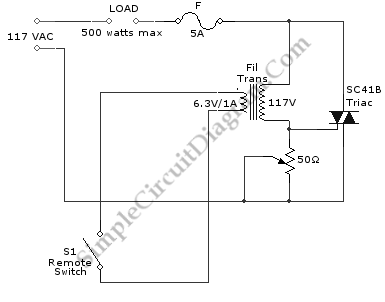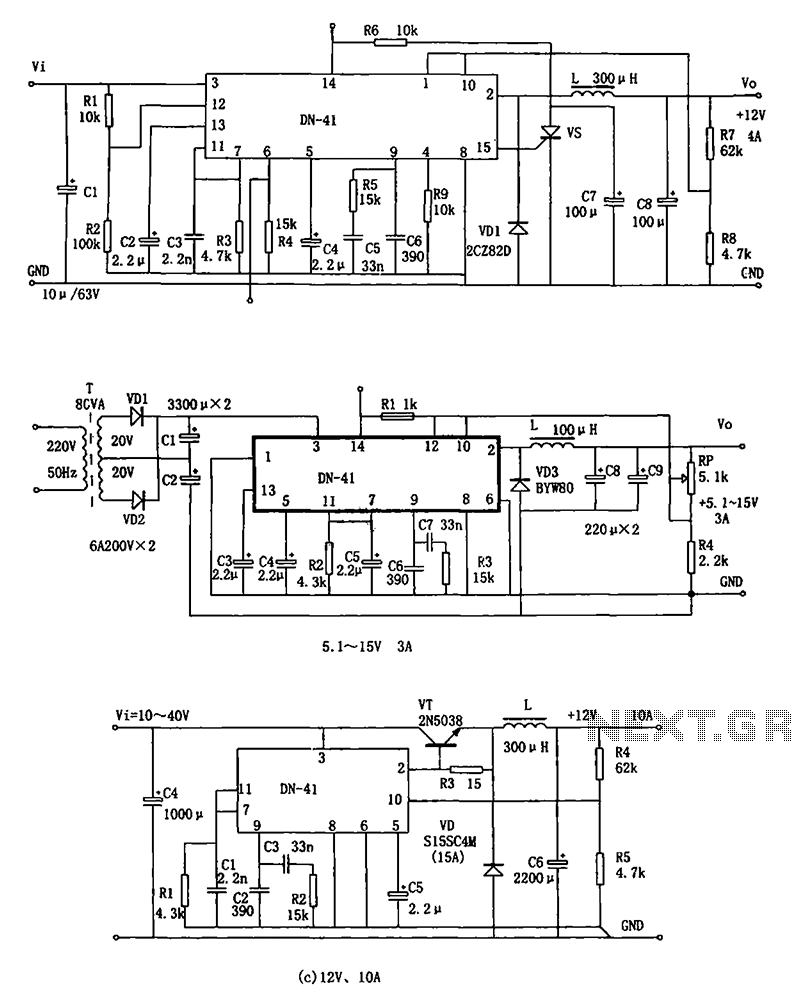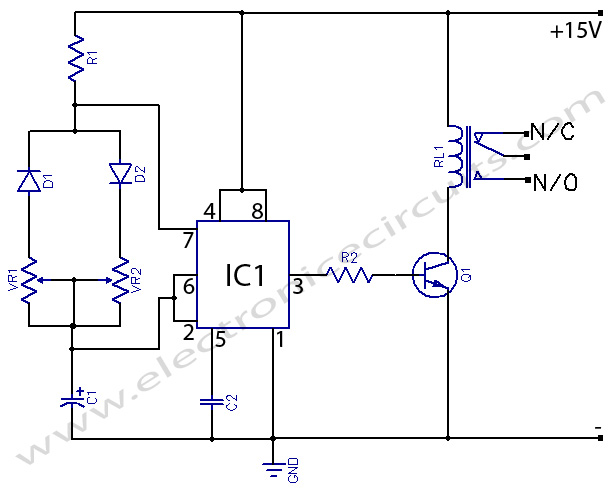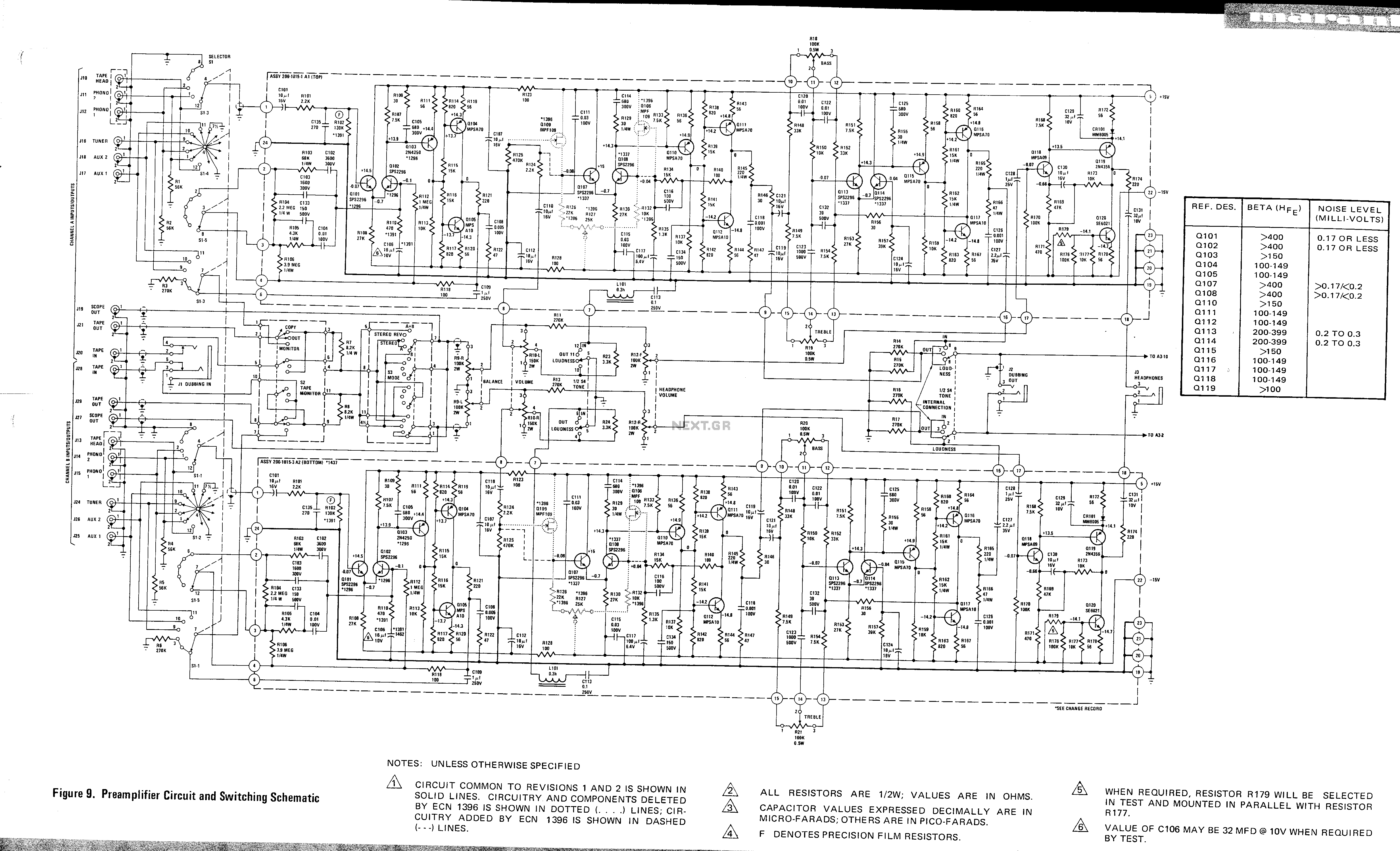
Remote On-Off Switch through Small Transformer

This is a remote on-off switch circuit. This circuit allows the use of a small switch to control larger AC currents from high-power devices.
The remote on-off switch circuit operates by utilizing a low-power control signal to manage a high-power load. Typically, the circuit consists of a transmitter and a receiver. The transmitter is connected to a small switch, which can be activated remotely. When the switch is pressed, it sends a signal to the receiver unit.
The receiver is often composed of a relay or a solid-state switch, which is capable of handling the high AC voltage and current required by the connected device. The relay or switch acts as a bridge, allowing or interrupting the flow of electricity to the high-power device based on the control signal received from the transmitter.
Key components in this circuit may include:
1. **Transmitter Unit**: This may consist of a simple RF transmitter circuit that encodes the switch signal and transmits it wirelessly.
2. **Receiver Unit**: This includes an RF receiver circuit that decodes the incoming signal and activates the relay.
3. **Relay**: A relay with appropriate ratings to handle the AC load is necessary. The relay coil is energized by the receiver output, closing the contacts and allowing current to flow to the connected device.
4. **Power Supply**: A suitable power supply for both the transmitter and receiver circuits, ensuring that they operate within their specified voltage and current ratings.
Safety measures should be considered, such as using opto-isolators to separate control and power circuits, and ensuring that the relay is rated for the specific load to prevent overheating or failure during operation. This circuit design is widely used in applications where remote control of appliances is desired, providing convenience and efficiency in managing power consumption.This is a remote on-off switch circuit. With this circuit, we can take the benefit of using small switch to control larger AC current from high power devices.. 🔗 External reference
The remote on-off switch circuit operates by utilizing a low-power control signal to manage a high-power load. Typically, the circuit consists of a transmitter and a receiver. The transmitter is connected to a small switch, which can be activated remotely. When the switch is pressed, it sends a signal to the receiver unit.
The receiver is often composed of a relay or a solid-state switch, which is capable of handling the high AC voltage and current required by the connected device. The relay or switch acts as a bridge, allowing or interrupting the flow of electricity to the high-power device based on the control signal received from the transmitter.
Key components in this circuit may include:
1. **Transmitter Unit**: This may consist of a simple RF transmitter circuit that encodes the switch signal and transmits it wirelessly.
2. **Receiver Unit**: This includes an RF receiver circuit that decodes the incoming signal and activates the relay.
3. **Relay**: A relay with appropriate ratings to handle the AC load is necessary. The relay coil is energized by the receiver output, closing the contacts and allowing current to flow to the connected device.
4. **Power Supply**: A suitable power supply for both the transmitter and receiver circuits, ensuring that they operate within their specified voltage and current ratings.
Safety measures should be considered, such as using opto-isolators to separate control and power circuits, and ensuring that the relay is rated for the specific load to prevent overheating or failure during operation. This circuit design is widely used in applications where remote control of appliances is desired, providing convenience and efficiency in managing power consumption.This is a remote on-off switch circuit. With this circuit, we can take the benefit of using small switch to control larger AC current from high power devices.. 🔗 External reference





